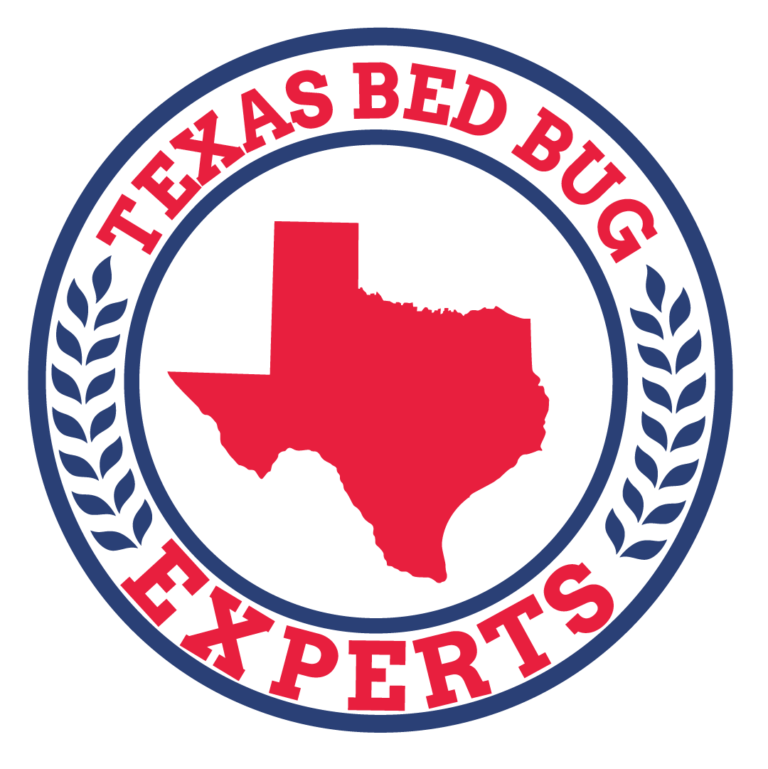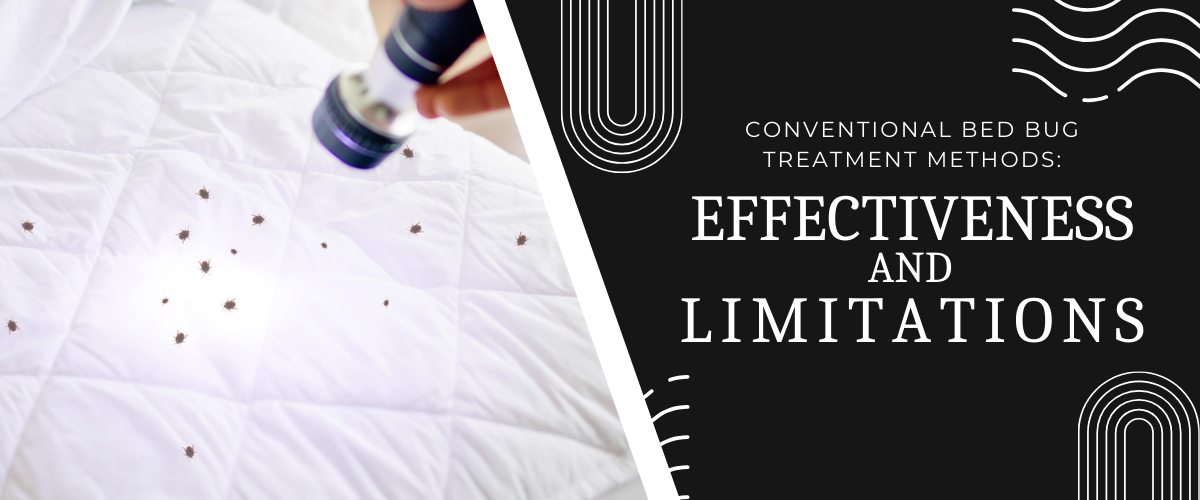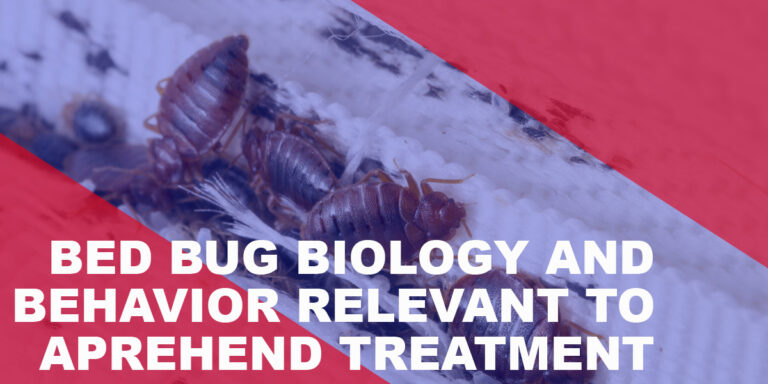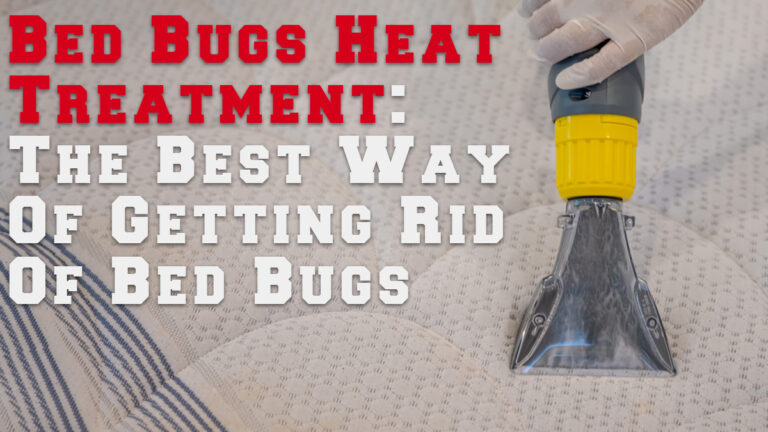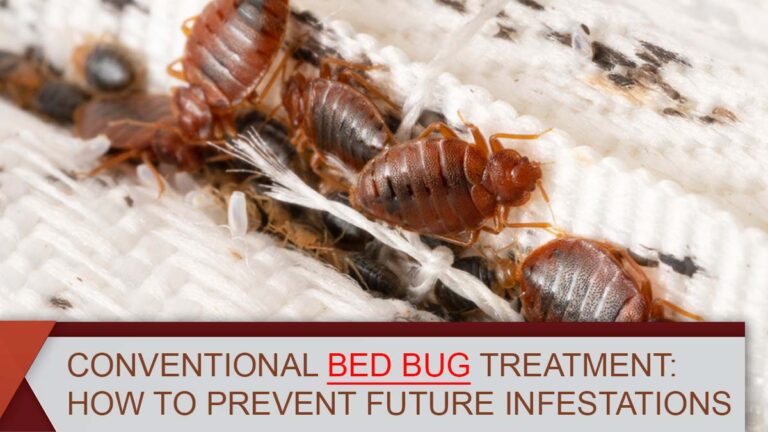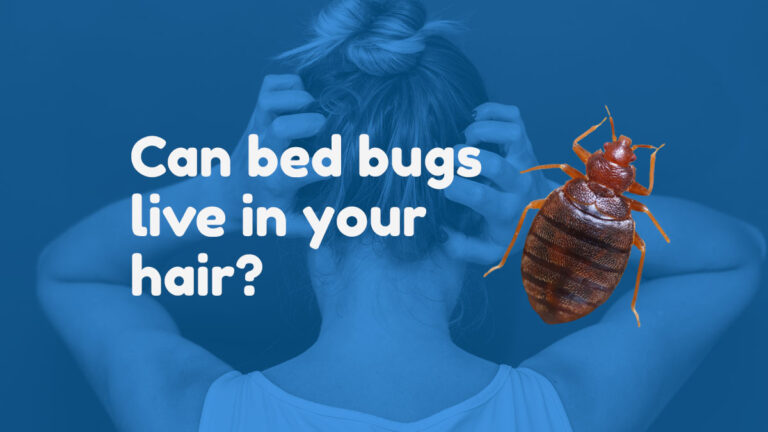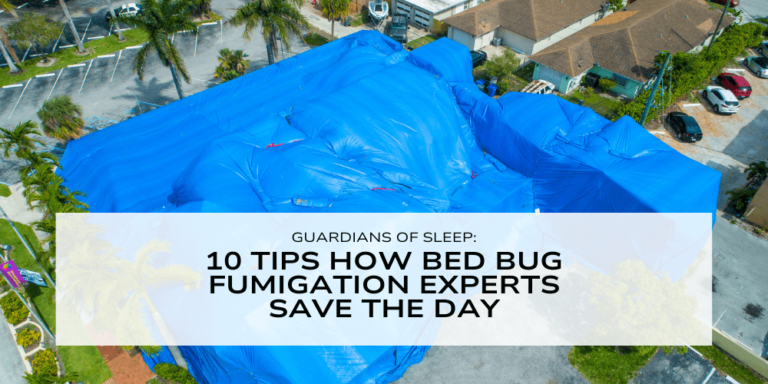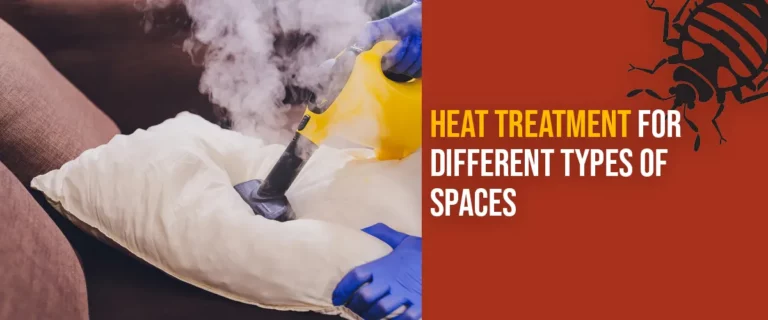Conventional Bed Bug Treatment Methods: Effectiveness and Limitations
Bed bug infestations have become prevalent in households, hotels, and various commercial spaces, emphasizing the importance of comprehending conventional bed bug treatment methods. Understanding these methods is crucial in effectively combating these persistent pests, ensuring safe and thorough eradication.
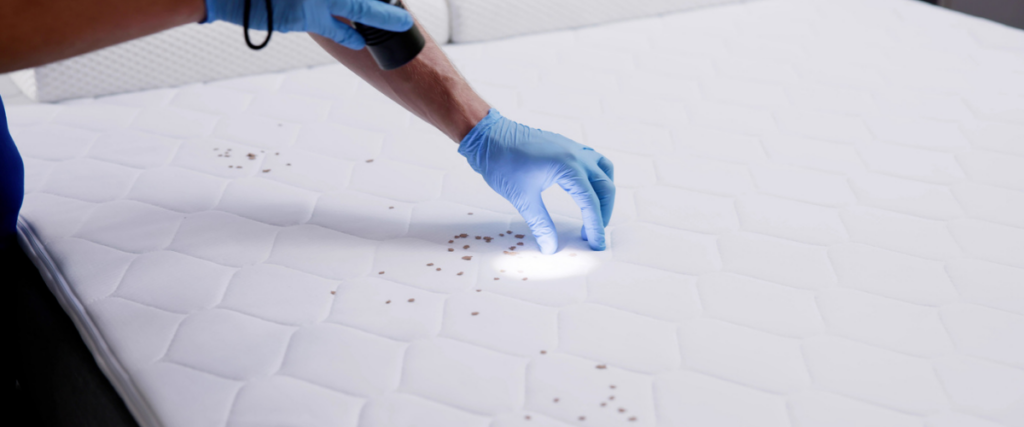
Identifying Bed Bug Infestations
Identifying a bed bug infestation involves recognizing telltale signs that these elusive pests have made themselves home. Common indicators include:
- Itchy Welts: Bed bug bites often result in itchy, red welts on the skin. While these bites are not always immediately noticeable, they appear in clusters or lines on exposed areas like the arms, neck, and face.
- Blood Spots on Sheets: Bed bugs may leave small bloodstains on bed sheets or pillowcases after feeding. These stains are typically reddish-brown and could indicate crushed bugs or accidental punctures during feeding.
- Molted Skins: As bed bugs grow, they shed their exoskeletons, leaving translucent shells resembling their bodies behind. Finding these molted skins in areas where bed bugs are suspected is a strong indicator of their presence.
- Musty Odor: Bed bugs release a distinct, sweet, musty odor reminiscent of coriander. This odor can be noticeable in severe infestations and often permeates the areas where bed bugs hide.
- Visible Bugs: Though small and adept at hiding, bed bugs can sometimes be seen with the naked eye. They are about the size of an apple seed, oval-shaped, and reddish-brown. Inspecting mattress seams, furniture crevices, and wall junctions may reveal these pests.
Recognizing these signs promptly is crucial in preventing a minor infestation from spiraling into a larger, more challenging problem. Regular inspections and awareness of these indications aid in early detection and swift action against bed bug infestations.
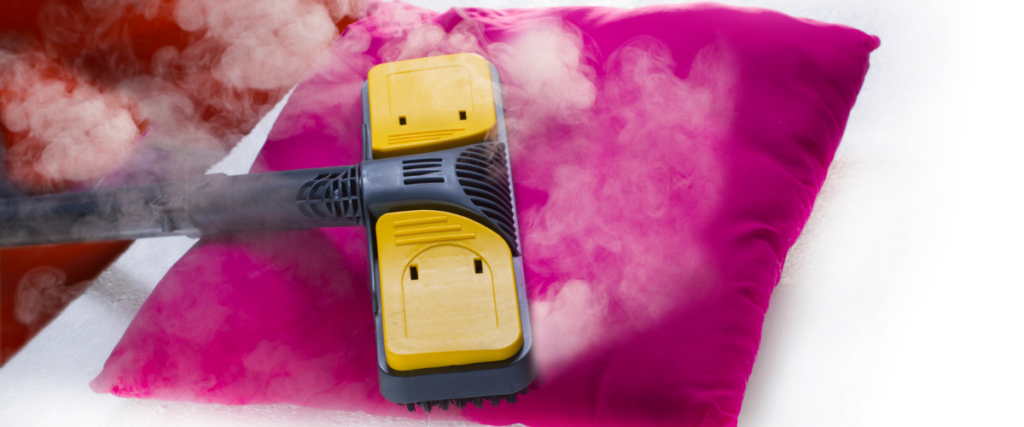
Overview of Conventional Bed Bug Treatment Methods
Conventional treatments encompass a range of methods to eliminate bed bugs, each with its effectiveness and limitations. These methods remain prevalent due to their historical use and varying degrees of success. Here’s a brief overview of some standard conventional methods:
- Insecticides: Widely used insecticides target bed bugs directly or disrupt their reproductive cycle. While effective, their prolonged use has raised concerns about resistance and safety, underscoring the importance of professional application for maximum efficacy in conventional bed bug treatment.
- Heat Treatment: Employing high temperatures to exterminate bed bugs, this method penetrates deep into hiding spots. It is highly effective but necessitates professional expertise to avoid damage to belongings and ensure comprehensive treatment.
- Steam Cleaning: Using steam at high temperatures to kill bed bugs, eggs, and larvae, this method is non-toxic but may not reach all infested areas without thorough application. Professional conventional bed bug treatment often utilizes steam cleaning for its eco-friendly nature.
- Encasements: Covering mattresses and box springs with specially designed encasements prevents bed bugs from escaping or entering as a preventive measure. However, it does not eliminate existing infestations, emphasizing the need for combining encasements with other treatment methods.
Each of these conventional bed bug treatments plays a role in addressing infestations but comes with limitations that need consideration for successful eradication.
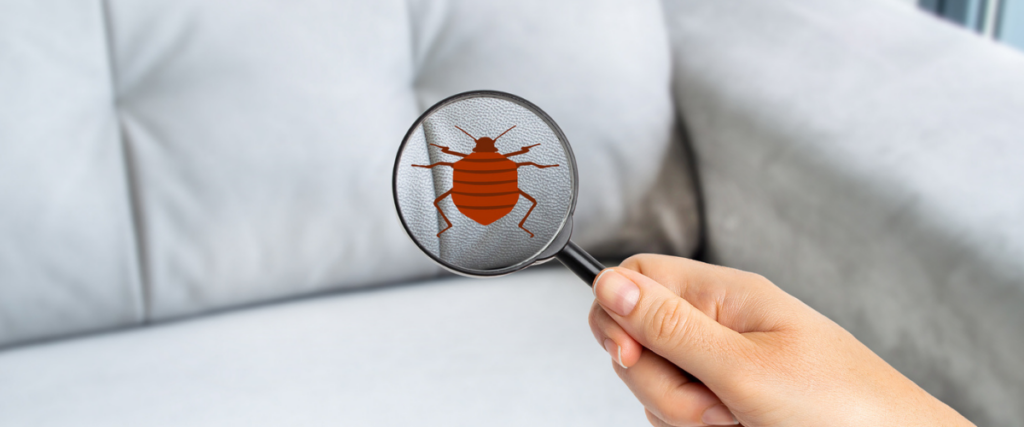
Things to Consider with Conventional Treatments
When opting for a conventional bed bug treatment, several vital factors merit consideration to ensure the most effective and suitable approach:
A. Bed Bug Infestations Level:
The severity of the infestation plays a pivotal role in selecting the appropriate treatment. Minor infestations might respond well to DIY methods, while more significant or persistent infestations often necessitate professional intervention for comprehensive eradication.
B. Accessibility:
The accessibility of infested areas influences the choice of treatment. Some methods, like steam cleaning or heat treatments, require access to all infested spots for thorough eradication. Alternative approaches might be more suitable if specific areas are challenging to reach.
C. Safety Concerns:
Safety is paramount when dealing with bed bug treatments, especially in spaces where children, elderly individuals, or pets reside. Considering the toxicity of certain chemicals used in insecticides, opting for non-toxic or eco-friendly methods might be preferable to ensure the safety of occupants.
D. Cost and Time Considerations:
Different treatments vary in cost and time required for practical application. While some methods may be more expensive initially, they could prove cost-effective in the long run by ensuring complete eradication in a shorter timeframe.
E. Residual Effects:
Understanding the residual effects of the chosen treatment is crucial. Some methods offer residual protection against future infestations, while others require repeated applications for sustained efficacy.
F. Professional Expertise:
Assessing the complexity of the treatment method is essential. Techniques like heat treatments often require specialized equipment and professional expertise for proper execution, while others, like encasements, might be more straightforward for DIY application.
Considering these factors helps in selecting a conventional bed bug treatment that aligns with the unique circumstances of the infestation, ensuring effective eradication while prioritizing safety, accessibility, and long-term prevention.

DIY vs. Professional Treatment
While DIY methods like sprays or powders may suffice for minor infestations, more significant or persistent cases warrant professional intervention. For instance, professional conventional bed bug treatment in Texas ensures a more comprehensive approach, utilizing advanced techniques tailored to specific infestation levels. Below are the several crucial considerations:
A. Infestation Severity:
Minor or early-stage infestations might be manageable through DIY methods. However, more significant, widespread infestations often require professional intervention due to their complexity and the need for thorough eradication.
B. Effectiveness of DIY Methods:
DIY treatments like sprays, powders, or home remedies might suffice for small-scale infestations. Yet, their effectiveness can be limited compared to professional treatments that employ advanced techniques and equipment for comprehensive eradication.
C. Risk of Exacerbating the Infestation:
Incorrectly applied DIY treatments can sometimes exacerbate the problem by dispersing bed bugs to other areas. PTrained professional exterminators effectively contain and eliminate bed bugs, minimizing infestation spread risks.
D. Health and Safety Concerns:
DIY treatments often involve chemicals or heat sources, which can pose health risks if mishandled. Professional exterminators are well-equipped to handle these substances safely, minimizing potential health hazards.
E. Time and Expertise:
Professional exterminators possess specialized knowledge, experience, and tools that ensure efficient and thorough eradication. DIY treatments might require extensive time and effort without guaranteeing the same level of success.
F. Cost Considerations:
While DIY treatments might seem cost-effective initially, repeated attempts or the need to rectify failed attempts can add up. Though initially more expensive, professional therapies often offer a more cost-efficient solution by ensuring complete eradication in a shorter timeframe.

Tips to Prevent Bed Bug Infestations
Here are some practical tips to help reduce the risk of a bed bug infestation:
- Regular Inspection: Routinely inspecting bedding, mattresses, and furniture for signs of bed bugs or their remnants is crucial. Early detection allows for swift action before an infestation becomes severe.
- Be Cautious with Secondhand Items: Exercise caution when acquiring secondhand furniture, clothing, or bedding. Thoroughly inspect these items before bringing them into your home to prevent introducing bed bugs unknowingly.
- Vacuum Frequently: Regular vacuuming of carpets, floors, and upholstery can help eliminate potential hiding spots for bed bugs. Pay attention to seams, crevices, and any cracks where bed bugs might hide.
- Encase Mattresses and Pillows: Protective encasements designed for mattresses and pillows can prevent bed bugs from establishing themselves in these areas, making it easier to spot and address infestations.
- Reduce Clutter: Decluttering living spaces minimizes hiding spots for bed bugs, making it easier to recognize and eliminate them if they appear.
- Travel Precautions: While traveling, inspect hotel rooms thoroughly before unpacking. Keep luggage elevated and away from beds or upholstered furniture to minimize the risk of bringing bed bugs home.
- Be Aware of Shared Spaces: In shared living spaces such as dormitories or apartment buildings, be mindful of the potential for bed bug transmission. Regular communication and collective preventive measures can help mitigate the risk.
- Seal Cracks and Gaps: Seal any cracks or gaps in walls, floors, or furniture to limit potential entry points for bed bugs. This reduces the chances of them finding hiding spots in your home.

Combatting bugs: methods, limits, effective strategies.
Understanding the effectiveness and limitations of conventional bed bug treatments is pivotal in combating infestations. While these methods offer solutions, they also require careful consideration of their advantages and disadvantages. Professional conventional bed bug treatment in Texas, among other regions, is a comprehensive solution to combat these resilient pests effectively.
Resources:
- Wang, Desen & Wang, Changlu & Wang, Guohong & Zha, Chen & Eiden, Amanda & Cooper, Richard. (2017). Efficacy of three different steamers for control of bed bugs (Cimex lectularius L.). Pest Management Science. 74. 10.1002/ps.4933. https://doi.org/10.1002/ps.4933
- A. Romero, A. M. Sutherland, D. H. Gouge, H. Spafford, S. Nair, V. Lewis, D.-H. Choe, S. Li, D. Young, Pest Management Strategies for Bed Bugs (Hemiptera: Cimicidae) in Multiunit Housing: A Literature Review on Field Studies, Journal of Integrated Pest Management, Volume 8, Issue 1, January 2017, 13, https://doi.org/10.1093/jipm/pmx009
